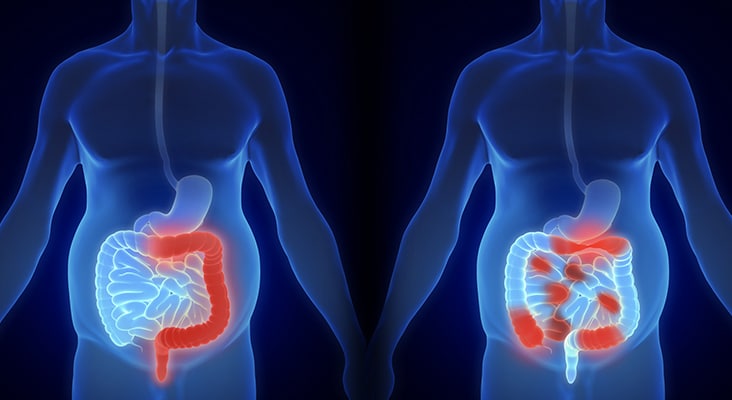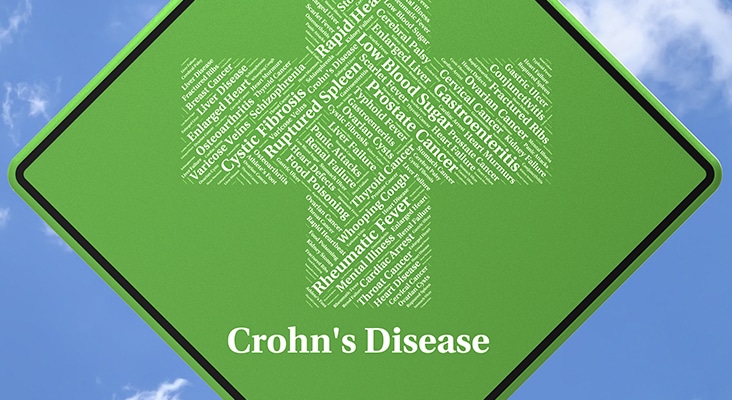Oral Manifestations of Crohn’s Disease
Almost 70 million Americans experience gastrointestinal conditions, such as inflammatory bowel disease (IBD), each year. As such, oral health professionals should be familiar with the oral manifestations of these disorders—as well as side effects of the medication regimens used to treat them—in order to facilitate early diagnosis and successfully provide care to this population.
Inflammatory bowel disease (IBD) is a category of chronic gastrointestinal diseases composed of Crohn’s disease and ulcerative colitis.
 Lars Neumann / iStock / Getty Images Plus
Lars Neumann / iStock / Getty Images Plus
IBD affects how many Americans each year?
 Shidlovski / iStock / Getty Images Plus
Shidlovski / iStock / Getty Images Plus
Where is IBD more prevalent?
 selvanegra / iStock / Getty Images Plus
selvanegra / iStock / Getty Images Plus
The use of tobacco at a young age is unrelated to the development of IBD.
 Panksvatouny / iStock / Getty Images Plus
Panksvatouny / iStock / Getty Images Plus
Symptoms for Crohn’s disease and ulcerative colitis include abdominal cramping, diarrhea, and areas of ulceration within the intestinal tract that can cause intestinal bleeding.
 digicomphoto / iStock / Getty Images Plus
digicomphoto / iStock / Getty Images Plus
Today, the diagnosis of Crohn’s disease is made via integrative interpretation of clinical, radiographic, and laboratory analyses.
 wildpixel / iStock / Getty Images Plus
wildpixel / iStock / Getty Images Plus
Visible oral manifestations of Crohn’s disease include cobblestone appearance of the mucosa, deep linear ulcerations, mucosal tags, swelling of the lips, angular cheilitis, hyperplasia of erythematous gingiva, and recurrent ulcerations.
 janulla / iStock / Getty Images Plus
janulla / iStock / Getty Images Plus
Patients with mild manifestations of Crohn’s disease may receive dental care without complications. But for patients who exhibit the recurrent aphthous ulcerations that occur in 10% of those affected, topical steroids may reduce healing time of ulcers and help alleviate resultant pain.
 stuartmiles99 / iStock / Getty Images Plus
stuartmiles99 / iStock / Getty Images Plus
Share your Results:

